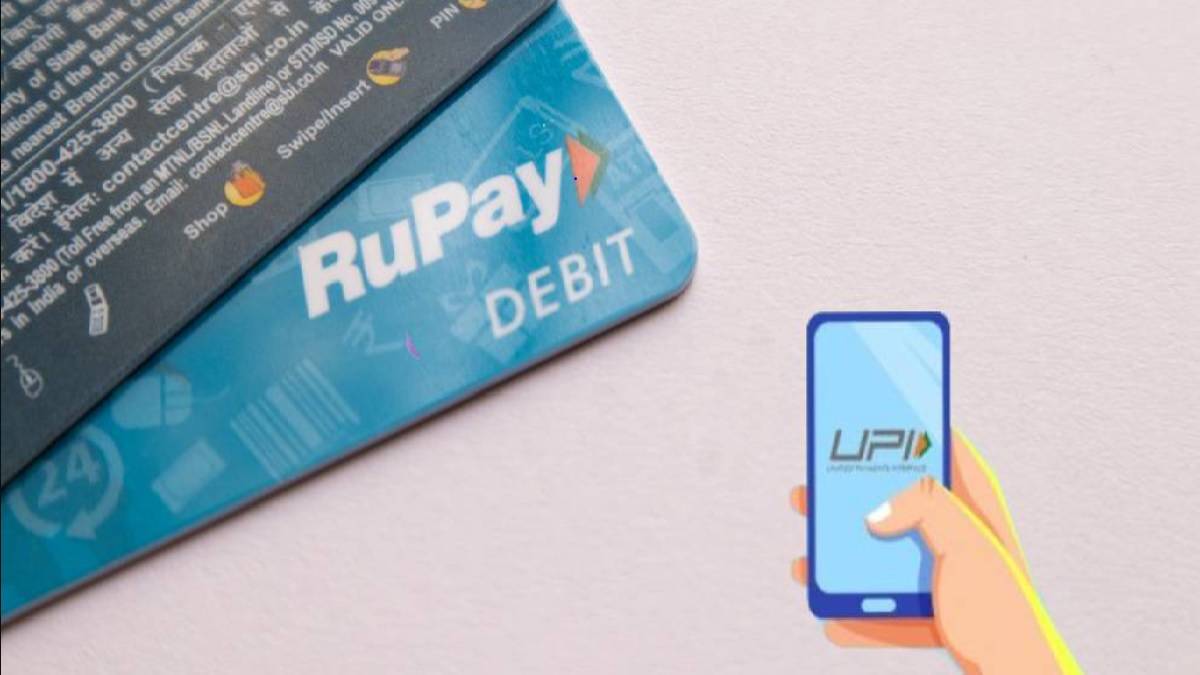In these times, World’s central banks are under economic pressure due to geopolitical situations and soaring inflation rates aggravate dilemma to rush them to develop digital currencies focus on internet-based technologies.
Challenges for Online Digital Currencies Payment Systems
Firstly, it’s important for the policymakers, world’s central banks, financial institutions and technology companies to understand the challenges associated with online digital currencies:
-
- What will happen if internet goes down in the situation of a war or a natural disaster?
- And what about the 75% of the worlds adult low income population that doesn’t have access to internet (as per the World Bank’s Findex Database)?
- World’s Central Banks don’t want to leave billions of transactions in the hands of the internet-payment platform operators.
- And it’s an issue of financial inclusion as millions of people don’t know how to use the conventional banking system or who don’t have an access to internet.
Solution: Offline Digital Currencies Payment Systems
The most favourable outcome is to design an offline digital payment system which could verify the availability of funds and validate transactions without the need to check in with an online ledger. The offline digital payment system could use old-tech, without internet mobile phones and something like an offline credit or debit card with the value stored in it.
Historical Overview: Implementation Of Offline Payment System
-
- In 1993, the Bank of Finland introduced it’s Avant stored-value card. It was fully capable of making offline payments using a custom made card reader device. This offline system didn’t last long and was dropped in 2006.
- In 1995, the famous bank of United Kingdom National Westminster Bank introduced Mondex stored-value card but didn’t last long.
Both Avant and Mondex proved that technology worked well but not enough merchants acquired point-of-sale devices. Both worked well on peer-to-peer transactions, and users of such devices had to access it though special devices.
Current Solutions Empowered Through Past Implemented Cases of Avant & Mondex
Recently few enterprises across the globe are inspired and empowered by solutions fom the past (i.e. of Avant & Mondex) that are capable of handling peer-to-peer transaction or offline payments.
Few solutions implemented are mentioned below:
-
- The solution implemented currently are updated version of old technologies and in the updated technology version users are able to send and receive funds through multi-digit authorisation codes, either manually or using a Near Field Communication (NFC) connections.
- Other solutions require intermediary devices such as mobile phones or online connections to settle the complete transactions. These solutions are developed to reduce the cost of the devices or eliminate the need of internal battery power.
Real Time Case Studies of Digital Offline Payment Solutions Under Testing Phase
Giesecke+Devrient a 171 year old; Germany based banknote company headquartered in Munich is currently testing an offline CBDC platform with the Bank of Ghana based on stored-value card. The solution is configured with an intermediary device that allows unlimited consecutive offline transactions.
The eCedi is a central bank digital currency introduced by the Bank of Ghana. It can be used by anyone though digital wallet app or contactless smart card which can be used offline.
The People’s of Bank of China is also testing offline digital payment methods with similar hardware wallets as a part of its digital Yuan.
A lot of people might not be able to afford some of these products due to their high price tags.
Let me give you a recent example of a fintech company based out in New York named WhisperCash; it offers sophisticated solution for offline digital payment though a batter powered credit card sized device enabling digital currency transaction that costs about $70.

Also, the WhisperCash company has introduced the solution for everyone with lower price tags ranging fom $2 add on device that’s attached to phone’s SIM card and $5 feature phones. They have introduced an offline platform that uses text-only, non-internet enabled mobile phones.
In order to maintain integrity, offline devices often rely on tamper-resistant hardware. Policy restraints, such as caps on transaction amounts and balances, must be safeguarded because changing them could let money to be used for illegitimate purposes. These restrictions are also important for upholding laws governing financial integrity. To identify suspicious transactions, one may employ on-device analytics or recurrent synchronisation with a reliable verification service.
The Bank of Canada is looking into such universal access devices designed to incorporate cash-like characteristics and shield digital transactions from interruption in the event of an infrastructure failure.
The European Central Bank is taking offline functionality into consideration as it conducts exploratory work on a digital euro.
Get more latest Knowledge Centric and insight driven content on Financial Industry.





Leave a Reply